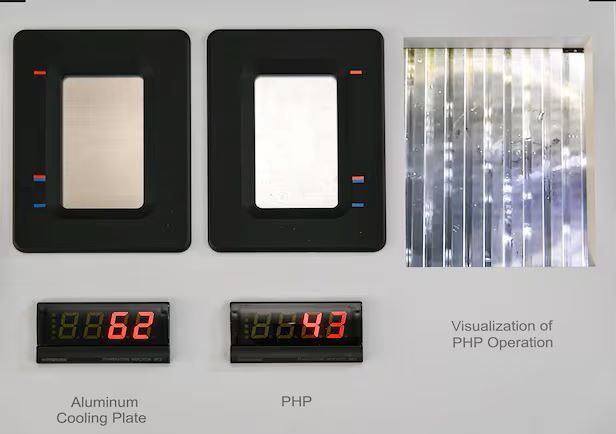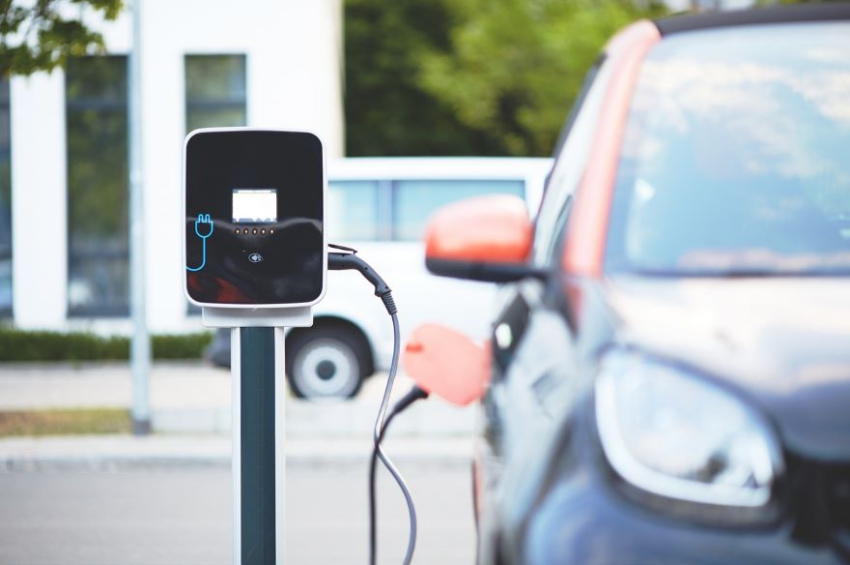Hyundai unveils revolutionary pulsating battery technology
Hyundai Mobis, the cutting-edge automotive technology arm of Hyundai Motor Group, has revealed its latest innovation designed to tackle a critical challenge in electric vehicle (EV) technology - battery overheating during ultra-fast charging.
Called Pulsating Heat Pipe (PHP), the new technology promises to enhance thermal management, improve safety, and significantly reduce charging times, the South Korean company announced in a social media post.
Hyundai Mobis' PHP technology incorporates special materials and engineering to efficiently manage heat dissipation between EV battery cells. Using a combination of aluminium alloy and refrigerant, the system stabilizes battery temperatures during rapid charging, ensuring a safer and more efficient process.
More to read:
Good-bye batteries? A new sensor harnesses mechanical power from vibration
While heat pipes have long been utilized to cool high-performance electronics, such as computer processors and smartphones, Hyundai Mobis has adapted the technology to meet the specific demands of EV batteries.
Unlike conventional heat pipes, pulsating heat pipes leverage refrigerant vibration and circulation within ultra-thin tubes to dissipate heat. This innovative method provides over 10 times the heat transfer efficiency of standard aluminium and efficiently transfers heat from overheated battery cells to external cooling blocks.

Moreover, the PHP system’s performance is unaffected by gravity, making it ideal for vehicles in motion, which constantly experience vibration and directional shifts.
Traditional EV battery systems rely on various cooling mechanisms, including Battery Management Systems (BMS) and cooling fans. However, the intense heat generated during ultra-fast charging requires optimized cooling structures at the module level.
Hyundai Mobis integrates PHPs directly between individual battery cells, allowing rapid heat transfer to cooling blocks. This innovative design maintains consistent internal temperatures across the entire battery module, significantly reducing overheating risks and boosting system reliability.
More to read:
What is regenerative battery and why it’s better than lithium-ion ones
One of the standout features of the PHP mechanism is its slim design - just 0.8 mm thick, compared to the 6 mm thickness of traditional heat pipes. This compact structure maximizes space efficiency without compromising cooling performance, making it a game-changer for EV battery systems, according to EV Magazine, an outlet dedicated to EV technology.
To ensure scalability and affordability, Hyundai Mobis has also developed a streamlined press manufacturing process for large-scale PHP production, reducing costs and making the technology commercially viable.
***
NewsCafe is an independent outlet that cares about big issues. Our sources of income amount to ads and donations from readers. You can support us via PayPal: office[at]rudeana.com or paypal.me/newscafeeu, or https://buymeacoffee.com/newscafe . Any amount is welcome.






